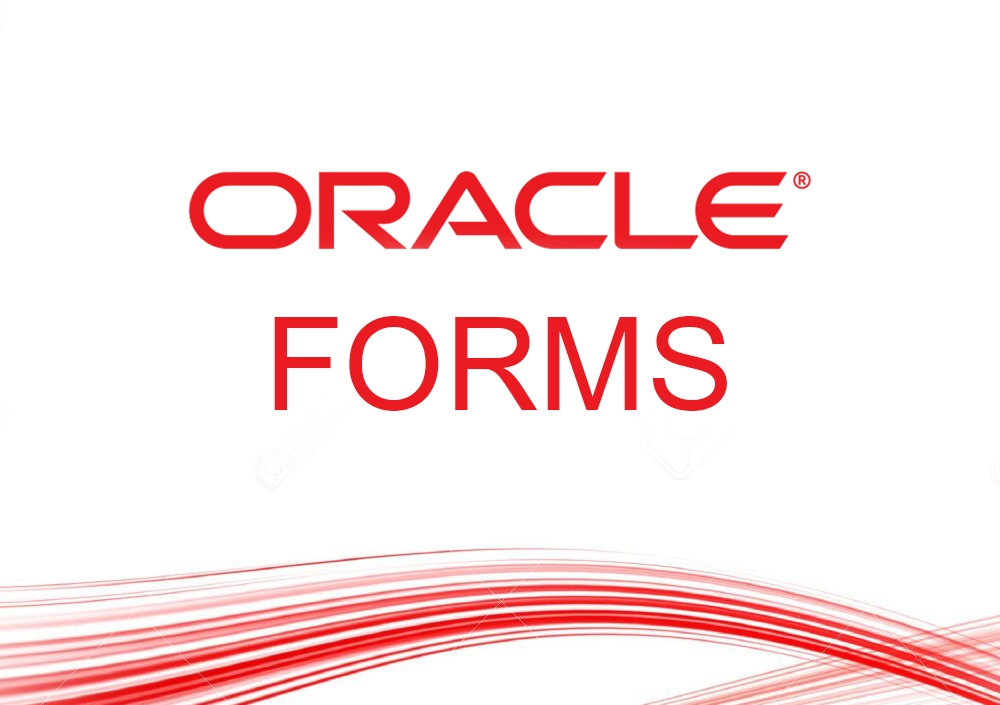- Search data using advanced sub queries
- Retrieve row and column data from tables with the SELECT statement
- Employ SQL functions to generate and retrieve customized data
- Run data manipulation statements (DML) to update data in the Oracle Database 10g
- Control user access and manage schema objects






Write a public review